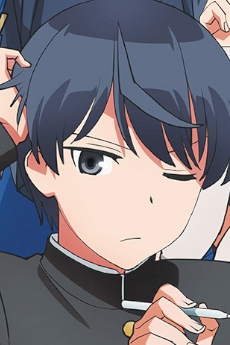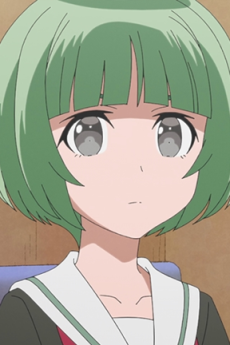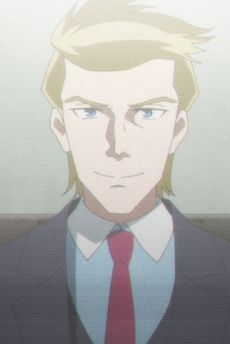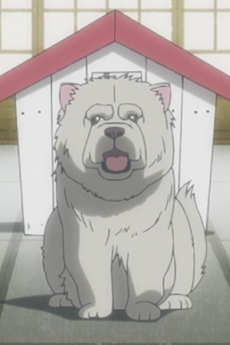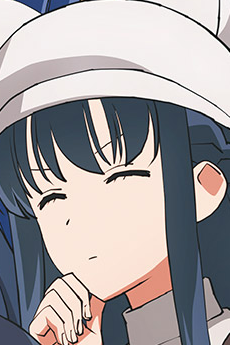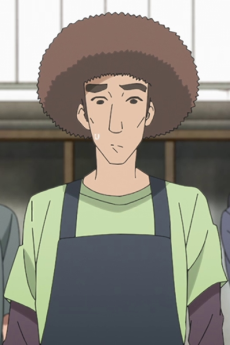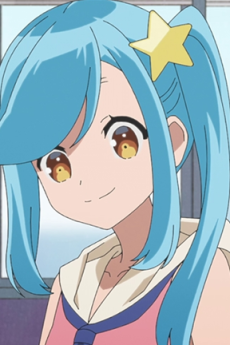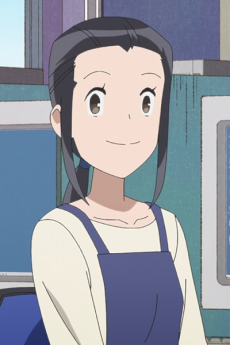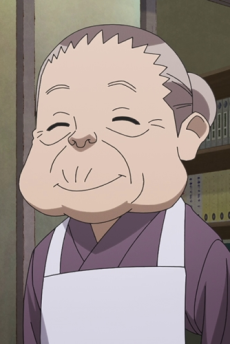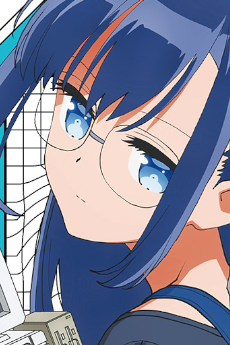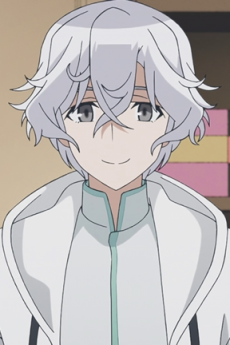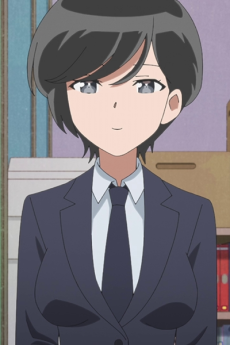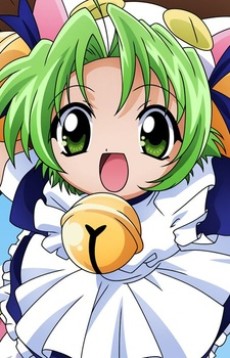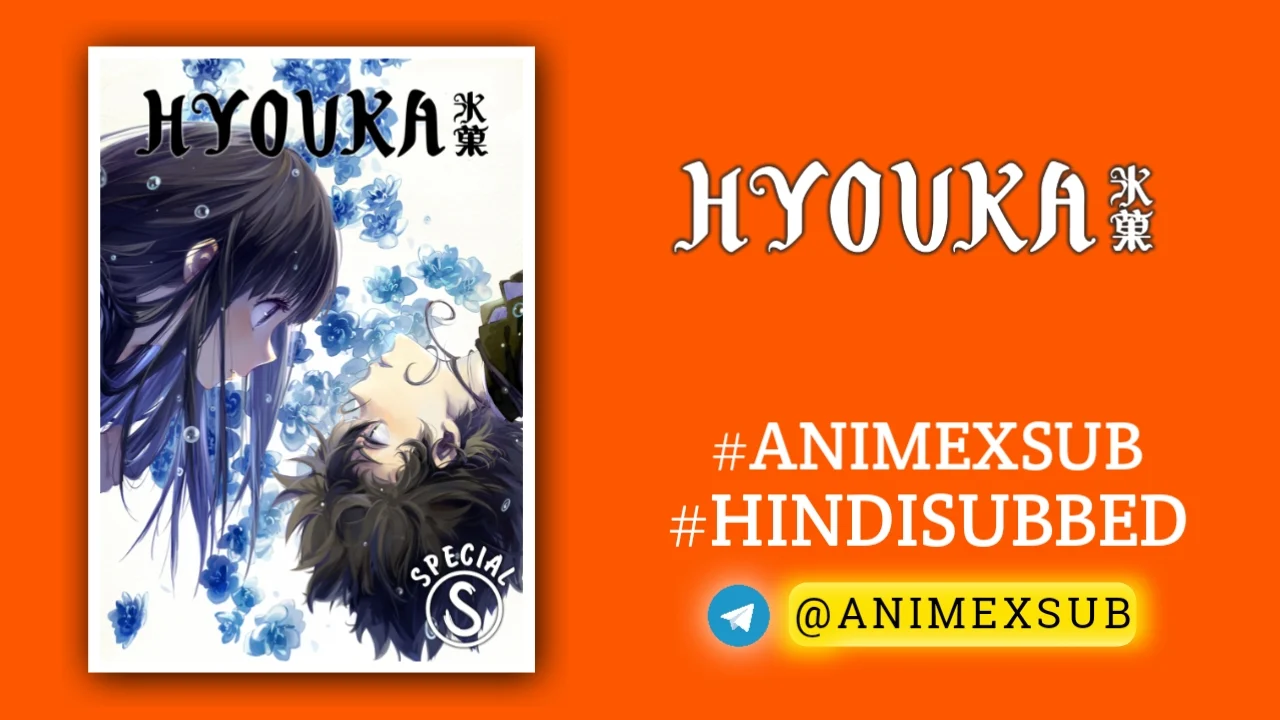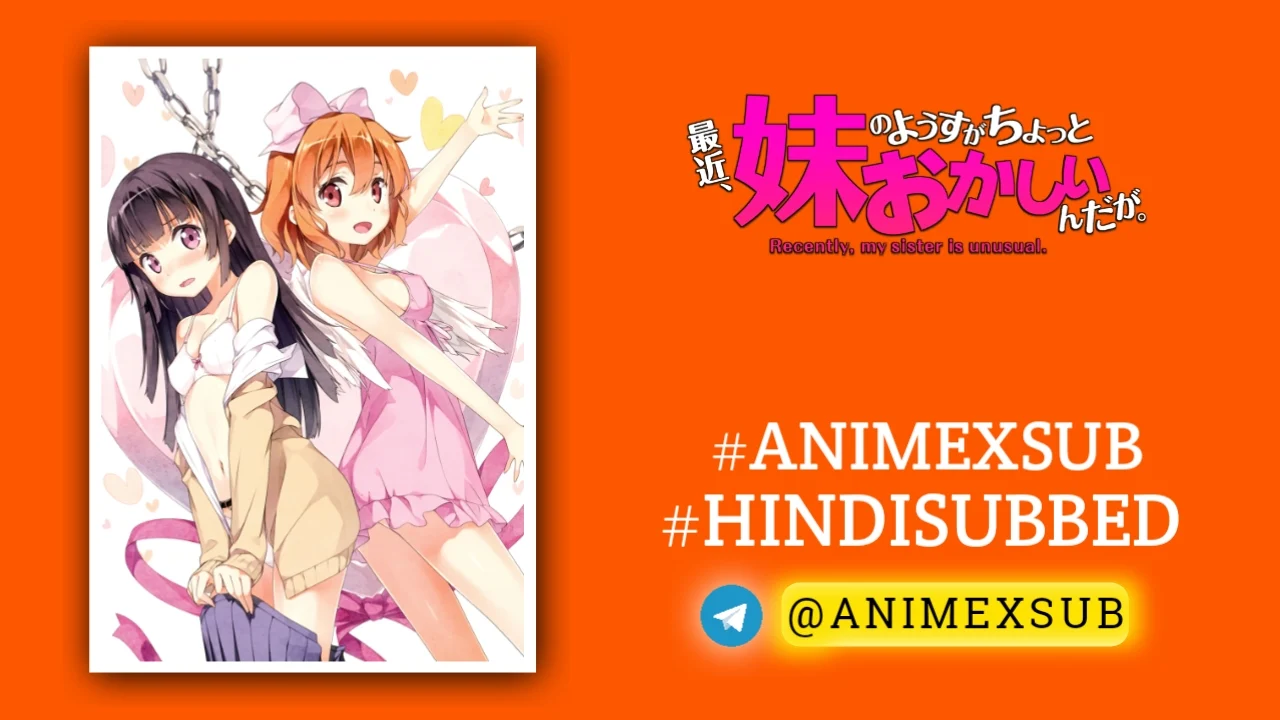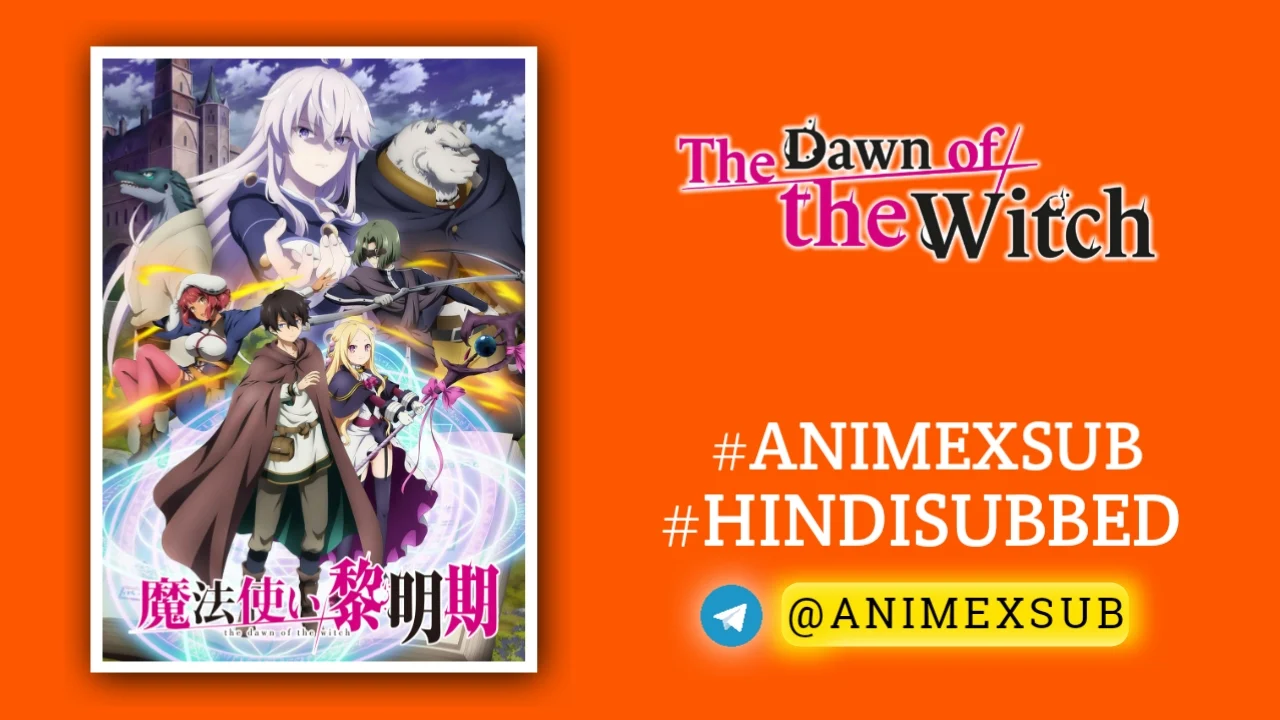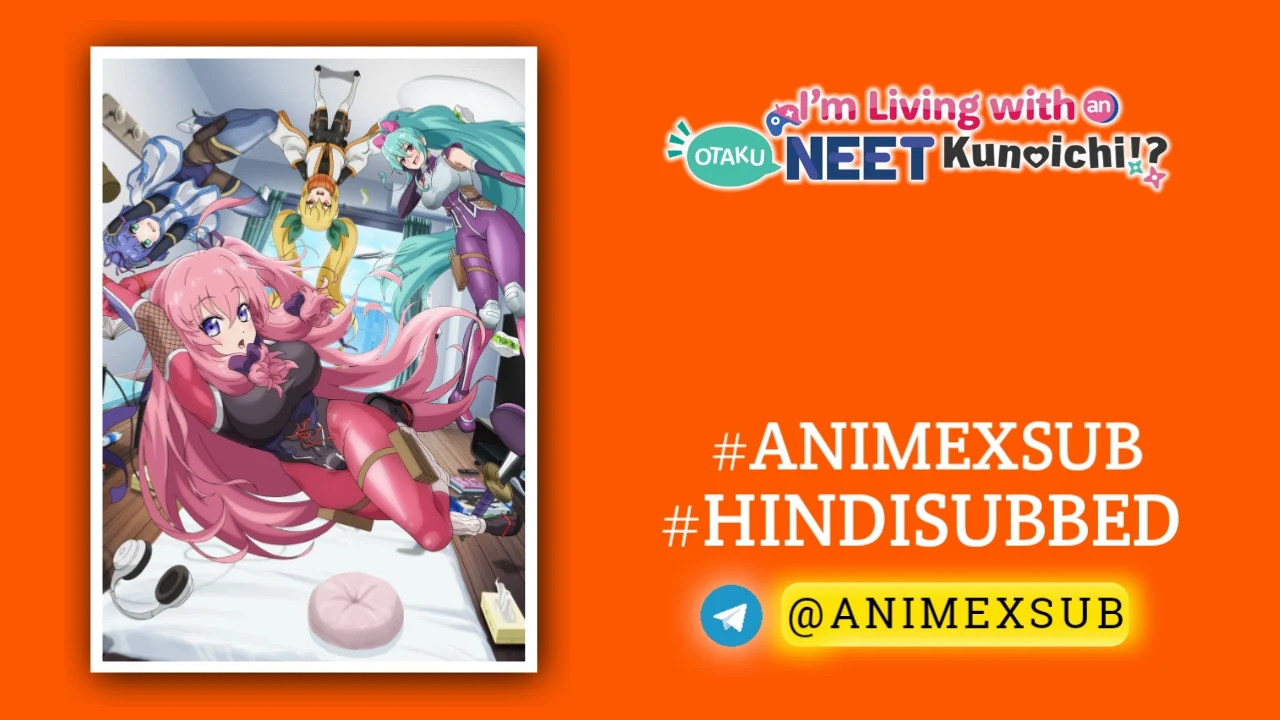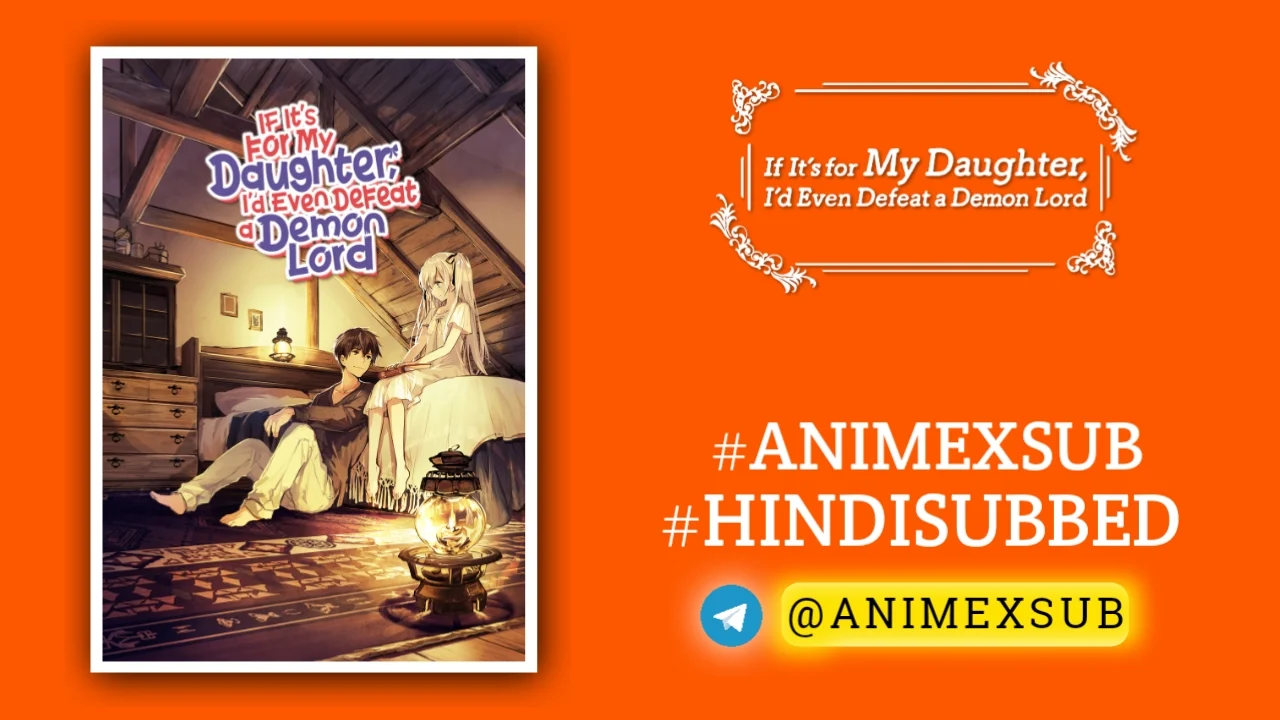
16bit Sensation: Another Layer Hindi Subbed [13/13] | 16Bit Sensation Hindi Sub!!

16bit Sensation: ANOTHER LAYER
16bit Sensation: Another LayerSynopsis
Konoha Akisato is an illustrator that loves beautiful girls and bishojo games. Her dream is to become a super-popular illustrator, so she is working hard at a bishojo game production company, but reality isn't that kind... With the golden age of social network games in full force, Konoha's company isn't doing well, and she works as a sub illustrator, spending her days painting the backs of random background characters. One day, the owner of a game shop gives her a classic bishojo game. With all her excitement over the golden age of bishojo games, she opens the package to "Dokyusei," and is enveloped by a bright light. Konoha then realizes that she just traveled back in time! She ends up in the year 1992! It's the dawn of the bishojo game era! Konoha ends up working at a company called Alcohol Soft. Will she be able to think about, draw, and create all the beautiful girls she’s ever wanted?! A story about a girl and her overwhelming love for beautiful girls—"Now, let's begin!" (Source: Crunchyroll)
Watch Trailer
Characters
16bit Sensation: Another Layer Season 1 – A Nostalgic Odyssey Through Time, Tech, and Bishoujo Passion
In the crowded landscape of Fall 2023 anime, 16bit Sensation: Another Layer emerged as an unexpected gem, a vibrant love letter to the golden age of bishoujo games and otaku culture that dares to blend nostalgia, time travel, and a heartfelt exploration of creative passion. This anime, a loose adaptation of the manga by Misato Mitsumi, Tatsuki Amazuyu, and Tamiki Wakaki, takes viewers on a journey through the pixelated heart of 1990s Akihabara, weaving a narrative that’s equal parts chaotic, charming, and thought-provoking. With its unique premise, colorful characters, and a bold willingness to embrace the absurd, 16bit Sensation: Another Layer Season 1 is a standout that deserves more attention than it received amidst the juggernauts of its season. This review dives deep into why this series is a next-level experience, offering insights into its strengths, flaws, and its place in the broader anime landscape.
A Premise That Pixelates the Past
At its core, 16bit Sensation: Another Layer follows Konoha Akisato, a 19-year-old illustrator with an unshakable love for bishoujo games—those visually stunning, narrative-driven visual novels that defined otaku culture in the 1990s. Trapped in a modern game studio where her talents are relegated to coloring background characters for soulless mobile games, Konoha’s dreams of creating her own bishoujo masterpiece seem out of reach. That is, until a fateful encounter with a retro game shop owner and a mysterious copy of Dokyusei transports her back to 1992, the dawn of the bishoujo game era. Landing at Alcohol Soft, a fictional game developer, Konoha gets a chance to live her dream, working alongside passionate creators in an era before digital art tablets and Photoshop.
What sets this premise apart is its audacious blend of time travel and industry homage. Unlike typical isekai or time-travel narratives, 16bit Sensation doesn’t just use its temporal shift as a gimmick—it’s a vehicle to explore the creative process, technological limitations, and cultural zeitgeist of 1990s game development. The show lovingly recreates the gritty, hands-on world of pixel art, where artists used scanners, mice, and a palette of just 16 colors to craft iconic games. References to real-life titles like Kanon, Shizuku, and Rance pepper the narrative, grounding it in a tangible sense of history that resonates with visual novel fans while educating newcomers.
A Visual and Auditory Time Capsule
Visually, 16bit Sensation: Another Layer is a vibrant tribute to its subject matter. Studio Silver’s animation captures the nostalgic aesthetic of 1990s visual novels with bright colors, expressive character designs, and vintage filters that evoke the CRT monitors of the era. Konoha’s character, with her fang and wild hair, embodies the quirky charm of bishoujo heroines, while the show’s depiction of Akihabara—both in its 1990s heyday and its modern, gacha-dominated form—feels like a living time capsule. The animation isn’t Ufotable-tier, but it doesn’t need to be; its charm lies in its authenticity, from the pixelated game screens to the meticulous depiction of retro tech like the PC-98.
The sound design is equally evocative. The opening theme, “65535” by Shoko Nakagawa, pulses with retro energy, while the ending theme, “Link~past and future~” by Aoi Koga (who voices Konoha), carries an emotional weight that ties the show’s themes together. Background music draws inspiration from visual novel soundtracks, with chiptune-esque melodies that enhance the nostalgic vibe. A special nod goes to composer Shinji Orito, whose work on the ending theme echoes his contributions to classic visual novels like Kanon.
Characters That Drive the Pixelated Heart
Konoha Akisato is the beating heart of 16bit Sensation, a protagonist who’s both endearing and polarizing. Her high-pitched voice and boundless enthusiasm can be grating for some—critics have called her “annoying” or likened her to a “high-pitched hamster”—but her unapologetic passion for bishoujo games makes her one of the most relatable otaku characters in recent memory. Voiced by Aoi Koga, Konoha balances cuteness with determination, her journey reflecting the struggles of any creator fighting to make their mark. Her interactions with Alcohol Soft’s crew—Mamoru Rokuda, a PC-98-obsessed programmer; Kaori Shimoda, a seasoned illustrator; and Meiko Uehara, a talented but inexperienced artist—bring warmth and humor to the series.
The supporting cast shines through their shared passion for game development. Mamoru’s nerdy obsession with retro tech is both hilarious and empathetic, mirroring the niche hobbies of many fans. The dynamic between Konoha and her colleagues evolves from skepticism to camaraderie, highlighting the collaborative spirit of the era. However, the show wisely avoids romantic subplots, focusing instead on the bonds formed through shared creative goals.
A Narrative That Soars and Stumbles
The first seven episodes of 16bit Sensation: Another Layer are a masterclass in cozy, nostalgic storytelling. Konoha’s journey through 1990s Akihabara is filled with delightful moments—learning to draw with a mouse, navigating the chaos of Comiket, and discovering the raw passion behind bishoujo games. The show excels at blending humor, heart, and historical insights, offering a rare glimpse into the labor-intensive world of early game development. It’s a love letter not just to visual novels but to the creative process itself, with subtle critiques of modern gaming’s profit-driven trends.
However, the second half takes a wild turn that divides viewers. The introduction of mysterious aliens (known as “Echo”) and a convoluted plot involving time-travel paradoxes and corporate conspiracies feels like a departure from the cozy premise. These elements, while ambitious, disrupt the narrative’s cohesion, leaving some plot threads—like the true nature of Echo—unresolved. Critics argue the show tries to juggle too many ideas, cramming three potential storylines into one scattered finale. The pacing falters, and the ending feels rushed, as if rewritten to accommodate an anime-original direction.
Yet, even this chaotic shift has its charm. The aliens, while poorly explained, symbolize the enduring impact of creative passion, suggesting that Konoha’s work resonates across time. The show’s willingness to embrace “batshit crazy” ideas, as one reviewer put it, reflects the experimental spirit of the games it celebrates. It’s messy, but it’s a mess born of ambition, and for many fans, the emotional payoff outweighs the narrative stumbles.
Themes That Resonate Beyond Nostalgia
Beyond its retro aesthetic, 16bit Sensation: Another Layer tackles themes that resonate with modern audiences. It’s a commentary on the creative industry, contrasting the passion-driven 1990s with the corporate, trend-chasing present. Konoha’s frustration with her dead-end job mirrors the struggles of young artists today, while her time-traveling escapades highlight the timeless value of pursuing one’s dreams, even at the risk of failure. The show also touches on darker themes, like employee exploitation in game development, adding depth to its otherwise lighthearted tone.
For otaku, the series is a bittersweet reflection on the decline of visual novels and Akihabara’s transformation into a hub of “exploitative gacha games.” It’s a reminder of a time when creativity trumped commercialism, yet it avoids being overly preachy, letting its characters’ passion speak for itself. The inclusion of real-life references—Madoka Magica, Fate/Grand Order, and more—grounds the story in a shared cultural history, making it a celebration of the subculture that shaped modern anime.
Why It’s Next-Level
What makes 16bit Sensation: Another Layer a next-level anime is its refusal to play it safe. It’s not just a nostalgia trip; it’s a bold, messy, and deeply passionate exploration of creativity, technology, and the human drive to create something meaningful. While its second half stumbles, the show’s heart—embodied by Konoha’s relentless enthusiasm and the vibrant world of Alcohol Soft—keeps it compelling. It’s a series that speaks to anyone who’s ever poured their soul into a niche passion, whether it’s retro games, anime, or art.
For visual novel fans, it’s a must-watch, packed with easter eggs and a reverence for the genre’s pioneers. For newcomers, it’s an accessible entry point into a fascinating subculture, with enough humor and heart to keep you engaged. Despite its flaws, 16bit Sensation: Another Layer is a testament to the power of storytelling, proving that even a “scattered and nonsensical” show can leave a lasting impact.
Final Verdict: 8.5/10 Floppy Disks
16bit Sensation: Another Layer Season 1 is a chaotic, heartfelt ode to bishoujo games and the creative spirit. Its blend of nostalgia, time travel, and industry insights makes it a unique addition to the anime landscape, even if its ambitious narrative doesn’t always land. With stunning visuals, a killer soundtrack, and a protagonist who’s as infuriating as she is inspiring, this series is a hidden gem that deserves to be rediscovered. Watch it on Crunchyroll, and prepare to be transported to a pixelated past where passion ruled the screen.
Recommendation: Perfect for otaku, visual novel enthusiasts, and anyone who loves a good underdog story. If you’re tired of generic isekai, this is the breath of fresh air you’ve been waiting for. Just don’t expect all the answers by the final credits.
Support Our Anime Community!
Love watching the latest anime? Help us keep uploading new episodes by join telegram channel ❤️
Join Now!
